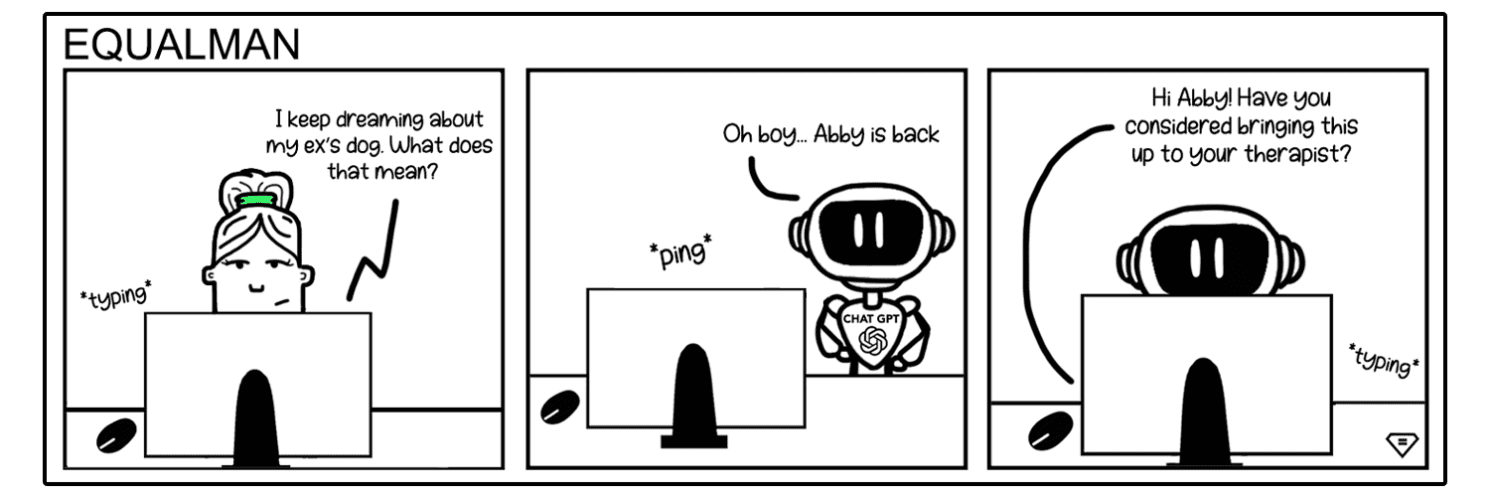Super U Podcast: Tips for Becoming a Better Storyteller
Our new episode of the Super U Podcast is live! The Super U Podcast delivers curated tips from top performers and thought leaders to help unlock and unleash your inner superpower. This week’s episode features tips from Super U Host, Erik Qualman. As a #1 bestselling author and keynote speaker, Erik has performed in over 50 countries and has reached 30M people this decade. He is the author of five books on digital leadership and was voted the 2nd Most Likeable Author in the World behind Harry Potter’s J.K. Rowling.
Erik entertains, educates and empowers others to live their best life, leadership, and legacy. Click here to listen to the Super U Podcast.
Need a sneak peek? Below are the main takeaways from the Super U Podcast: Tips for Becoming a Better Storyteller.
[1:13] Episode Introduction — Storytelling
Storytelling is part art and part science. It’s an ongoing process for Erik onstage, in life, and for writing books. Erik is a lifelong learner when it comes to storytelling. Two leaders he looks up to are former American radio broadcaster Paul Harvey and current podcaster Mike Rowe.
[2:30] Pull the Rug
The first thing that you want to do when storytelling is to get the audience on the same boat as you. Most likely the audience is going to have a relatable story to the one you’re about to tell. A trick to get them to relate to your story before you even tell the story is to ask a question. One popular question Erik uses onstage is, “How many of you when you fly like to talk to the person sitting next to you?” He then proceeds to tell a story about being on a plane with a musician, whom he gives advice on how to market himself within the music industry. When a lady comes up asking for an autograph, Erik assumes she’s asking for his, when, in fact, she wants an autograph from the guy sitting next to Erik, five-time Grammy Award winner, James Taylor. This is an example of pulling the rug out from someone. The audience doesn’t realize Erik is sitting next to James Taylor until the end of the story.
[5:44] Have an Arc
Every story has an arc. Towards the end of a story, there’s a moment of despair followed by a moment where you rise up and beat the odds. For example, Erik was in Indianapolis to give a talk in the afternoon and decided to take a morning run. He ran past the NCAA headquarters and realized this was the perfect moment to try and set up a meeting. He wasn’t able to get in at first so he checked his LinkedIn connections to find someone he was connected with. Erik remembered he knew the director of communications, enabling him to get into the building by using her name. Unfortunately, she was on maternity leave. Erik left a note with the security guard, which wasn’t passed on. However, a different guy, Ryan, was in the building at the same time Erik was and noticed him. Ryan was going in for a digital marketing interview. During that interview, his interviewers pulled up a video from Equalman Studios (Erik’s entertainment company). Ryan tells the interviewers that he just saw Erik downstairs in the lobby. The next day, Erik gets a call asking if he was in the lobby the day before. Long story short, he ended up forming a partnership with NCAA. Originally failing to set up a meeting at that precise moment, something unexpectedly great happened anyway.
[9:32] Context
When you’re done telling a story, remind the audience of the context of the story. For example, what was the point of the NCAA story? Erik summed it up with, “now that’s an example of connecting the online and offline world.” Make sure you provide a learning curve so that the audience can take something away and apply it to their work and/or personal lives.
[10:57] Writing a Business Book
When writing a business book, let the readers figure out the solution themselves. You always want to tell a story, leave some clues, and make the reader feel as if they’re in on the story with you. Give them a chance to guess or to be surprised at the reveal.
[14:35] The Name Game
Urge the reader to guess what you’re talking about. Say, for example, that you want the reader to discover why something is named that something. One relevant example Erik provides is, why do people say “he was caught red-handed?” This originates back in the day when people owned livestock and they would steal and slaughter each other’s livestock. So the neighbor would come over asking, “have you seen my pig.” And that individual would be standing there with blood on their hands, meaning they were caught red-handed.
[15:14] Shocking Social Science Studies
Another storytelling technique is to cover social science studies that are shocking; studies that are counterintuitive to what you think would happen. For example, Mark and Sheena had a jam stand. Each customer that sampled the jam, would receive a coupon. They then adjusted the jam from a multitude of different varieties to only six choices. The varieties of jam may have garnered more attention and more choices, however, limiting the jam options resulted in 10X as many sales. Increase in choice can lead to increased dissatisfaction, AKA buyer’s remorse. Your audience expects the outcome to be entirely different, however, you provide an element of “shock” when using fact-based social science studies.
To ensure you don’t miss future episodes from motivational speaker Erik Qualman, please subscribe to our podcast by clicking here >> Super U Podcast. We hope these tips help unlock and unleash your inner superpower!
Take a look at behind-the-scenes footage on our <<Equalman YouTube Channel>>






